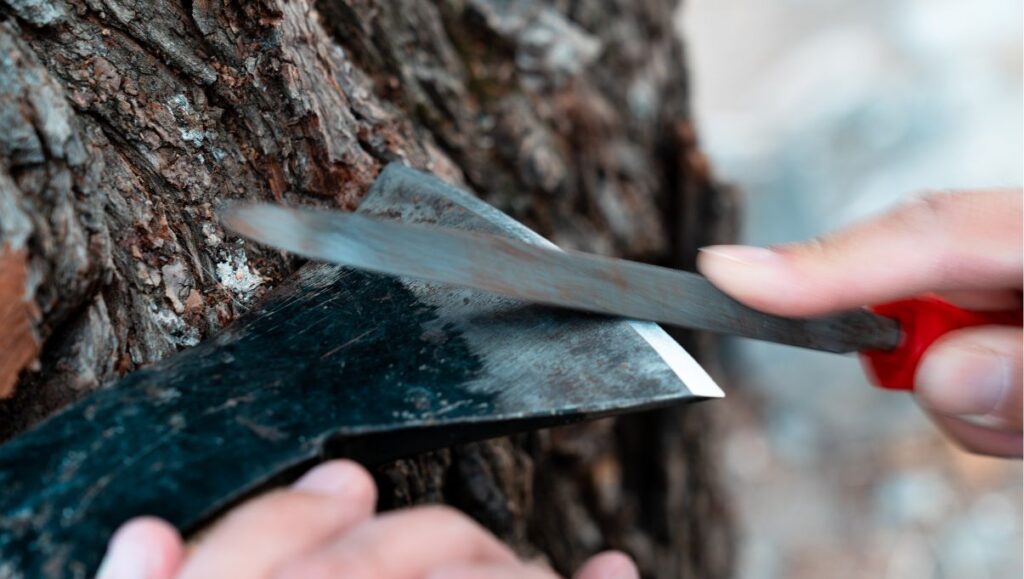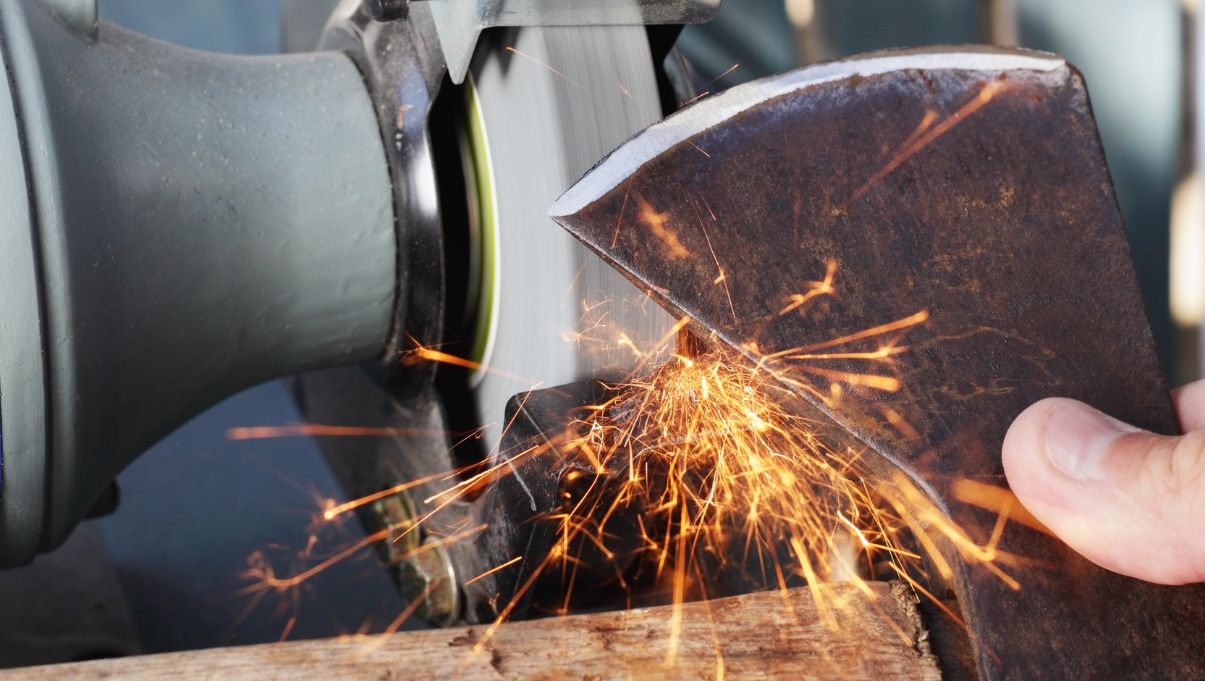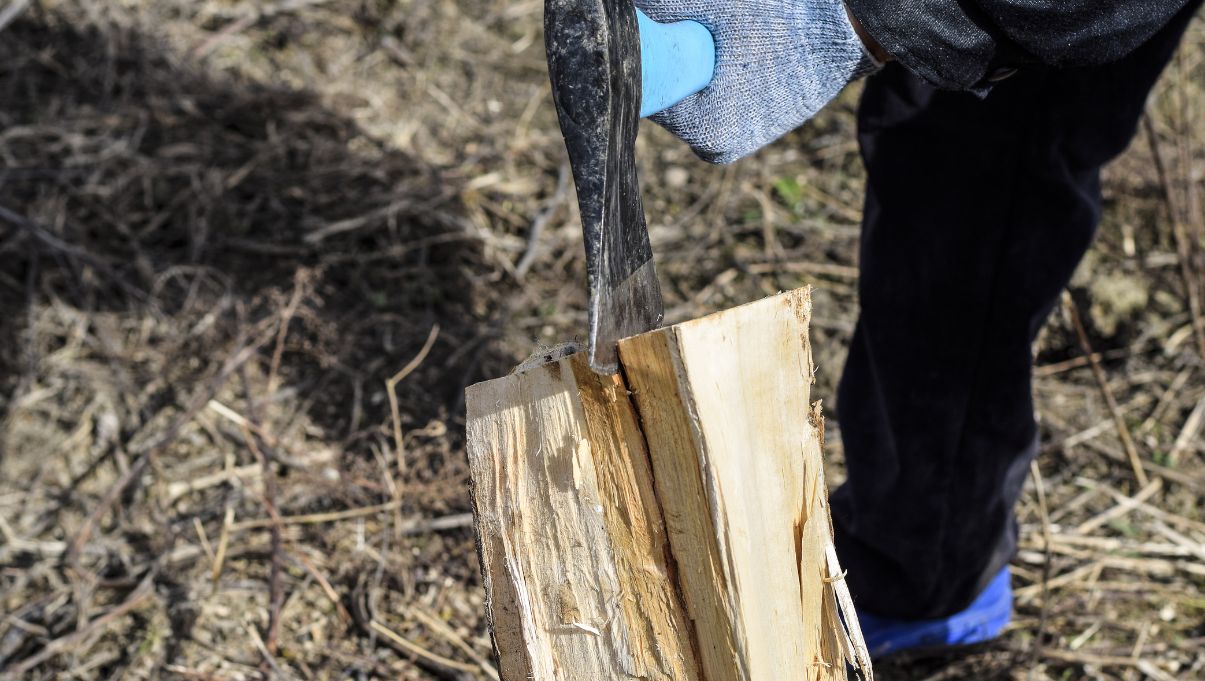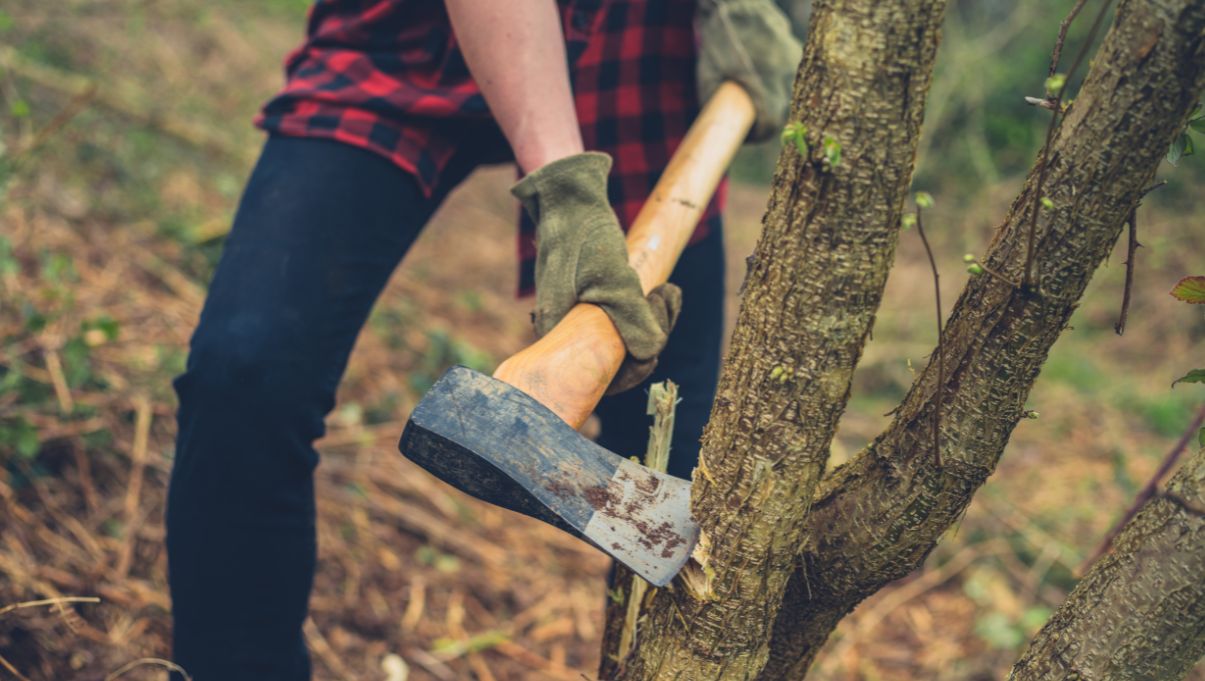Introduction
A sharp axe is essential for efficient cutting and safe use. Over time, an axe’s cutting edge can become dull due to repeated use and contact with various materials. Sharpening your axe with a file is a cost-effective and straightforward method that can restore its cutting power. In this guide, we will explore the shape of the cutting edge, provide step-by-step instructions for sharpening an axe with a file, offer expert tips, and address frequently asked questions. With this knowledge, you’ll be able to sharpen your axe effectively and prolong its lifespan.
The Shape of the Cutting Edge
Before sharpening your axe, it’s crucial to understand the shape of the cutting edge. The cutting edge of an axe typically consists of two parts: the bevel and the edge itself.
- The bevel is the sloping surface that extends from the edge to the sides of the axe head.
- The angle of the bevel plays a crucial role in determining the axe’s cutting ability and durability.
- The edge is the fine, narrow portion of the cutting surface that directly contacts the material being cut.
When sharpening with a file, focus on maintaining the proper shape of both the bevel and the edge.
How to Sharpen an Axe with a File?

- Gather the necessary tools: To sharpen your axe with a file, you will need a flat file, a round file (optional for curved blades), a file guide, a vice or clamps to secure the axe, and a sharpening stone or honing compound.
- Secure the axe: Place the axe head securely in a vice or use clamps to secure it to a workbench. Ensure it is stable and will not move during sharpening.
- Align the file guide: Attach the file guide to the file. The file guide will help maintain a consistent angle and positioning while sharpening.
- Begin with the bevel: Position the file guide on the bevel of the axe at the desired angle. The recommended angle for most axes is between 25-30 degrees. Start at the base of the bevel and move the file in smooth strokes along the bevel, towards the tip. Apply consistent pressure and maintain the angle throughout the process.
- Repeat on the other side: Flip the axe and repeat the process on the other bevel. This ensures that both sides of the axe are sharpened evenly.
- Finishing touches: Once both bevels are sharpened with the file, use a sharpening stone or apply honing compound to a piece of leather or wood. Stroke the bevel gently across the stone or compound to remove any burrs and polish the edge.
- Test the sharpness: Carefully remove the axe from the vice and test its sharpness by making a few controlled cuts. If necessary, repeat the sharpening process until the desired sharpness is achieved.
Tips:
- Consistent angle: Maintain a consistent angle throughout the sharpening process to ensure an even edge. The file guide can be helpful in achieving this.
- Use proper file technique: Apply consistent pressure while filing, and use smooth, fluid strokes along the bevel to avoid creating uneven edges or burrs.
- Test the sharpness frequently: Periodically test the sharpness of the axe by making controlled cuts. This will help you determine if further sharpening is required.
- Practice safety: Wear protective gloves and safety glasses to protect yourself from flying metal shavings. Secure the axe properly to prevent accidents during sharpening.

FAQs:
How often should I sharpen my axe?
The frequency of sharpening your axe depends on how often you use it and the condition of its cutting edge. As a general guideline, it’s recommended to sharpen your axe whenever you notice a decrease in its cutting efficiency or after extended use. Regular maintenance and sharpening will ensure that your axe remains in optimal condition for efficient and safe chopping.
Can I use a file to sharpen a curved axe?
Yes, you can use a file to sharpen a curved axe. However, it’s important to note that sharpening a curved axe requires slightly different techniques compared to sharpening a straight-edged axe. When sharpening a curved axe, you can use a round file to match the contour of the blade. Adjust the file angle and technique to match the curve of the axe’s cutting edge for an even and effective sharpening.
Can I use a file to remove nicks and chips in the blade?
While a file can help smooth out minor nicks and chips in the blade of an axe, deeper or more significant damage may require additional repair or professional attention. A file is better suited for regular sharpening and maintenance rather than extensive repair work. If you encounter substantial damage or deep nicks in the blade, it’s advisable to seek professional assistance or consult a knowledgeable tool expert.
How long does it take to sharpen an axe with a file?
The time it takes to sharpen an axe with a file can vary depending on various factors such as the condition of the axe’s cutting edge, your sharpening proficiency, and the size of the axe. On average, it may take approximately 10 to 20 minutes to sharpen an axe with a file. However, this can vary significantly based on individual circumstances. It’s important to allocate sufficient time for the sharpening process to ensure that you can achieve a sharp and effective cutting edge.
Conclusion
Sharpening an axe with a file is a practical and effective method to restore its cutting edge. By understanding the shape of the cutting edge and following the step-by-step instructions provided in this guide, you can sharpen your axe with confidence. Remember to use the proper tools, maintain a consistent angle, and prioritize safety throughout the process. With a sharp axe, you’ll be ready to tackle your chopping tasks with efficiency and precision.



